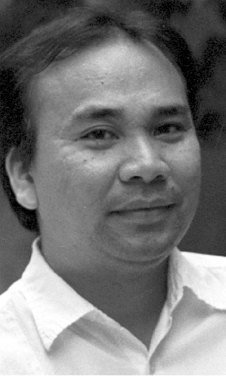
Jobers Bersales
The grand Cebu Capitol Building turns 80 today in a somber mood as plans for a 20-storey building continue. This “looming tower”, to borrow the title of Lawrence Wright’s Pulitzer Prize-winning book on the rise of Al Qaeda, will soon stick out like a sore thumb on the landscape of the Cebu Capitol if nothing dampens plans to build it.
When Pres. Manuel Quezon inaugurated the neoclassical Cebu Capitol Building on June 14, 1938, who would have imagined that its magnificence and the grandness of its vista would be challenged 80 years later. I wonder how its designers, Juan Marcos Arellano and Antonio Toledo, the two giants of monumental architecture of that period, would react at the modern 20-storey structure set to brood down on their architectural opus.
Fortunately, there are possible challenges to this monstrosity of a building. As I wrote last week, the National Historical Commission of the Philippines (NHCP) is weighing in on the matter and has not approved this looming tower as it were. Now, no less than heritage architect Melva Rodriguez-Java, herself a consultant of Vice-Gov. Agnes Magpale, has also expressed her opposition to the building, suggesting that it be scaled down.
I wonder how the permitting process of this new building will fare with the recent pronouncement of Cebu City Mayor Tomas Osmeña to limit high-rise structures in the city? Back in January in the wake of the Metro Ayala fire, Osmeña announced this cap. And then in March he recommended splitting high-rise buildings into twin towers if they were above four stories high. This 20-storey building will be a good test for the mayor’s intentions of ensuring access to emergency responders and for the local fire department to put out fires instead of waiting for the flames to die down.
If there’s one thing good about this development, it is the fact that heritage advocates are finally looking seriously at forming a Cebu Heritage Society or something like that to ensure that this and other heritage assets in Cebu get protected because of the limitations of R.A. 1006, the National Cultural Heritage Law. That law defines the buffer zone to five meters of the visible perimeter of a heritage asset. Speaking of that perimeter, what if the law meant the actual perimeter walls of the Cebu Capitol and not of the structure itself?
That is one food for thought as we mark the 80th birthday of one of Cebu’s architectural gems.
Disclaimer: The comments uploaded on this site do not necessarily represent or reflect the views of management and owner of Cebudailynews. We reserve the right to exclude comments that we deem to be inconsistent with our editorial standards.
